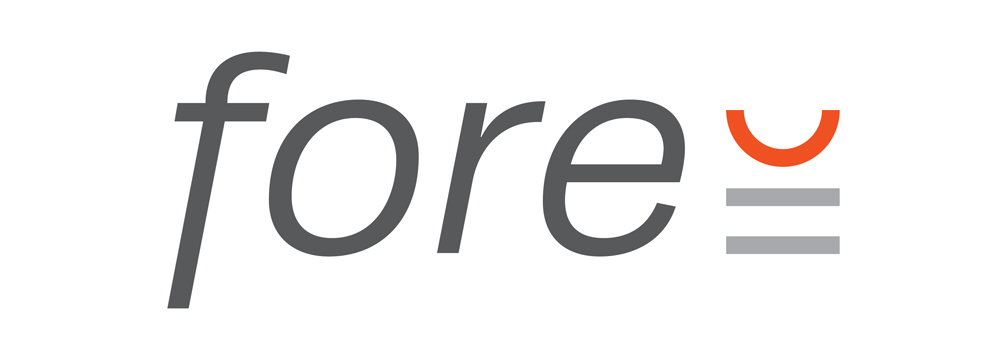I keep reading how buyers across all sectors are “demanding discounts” and it’s easy to see how this creates strain and pressure for us to do the same. Fact is, CPA firms are a relatively low-margin-high-volume industry that, when billing by the hour, already writes off about 20% of WIP. Shockingly, that’s the equivalent of a day a week of “free” work (average realization rate of US firms is roughly 80%).
We can do better! But I’m not going to talk further in this post about why hourly billing is a bad idea, or that realization is a bogus concept. I’m going to talk about what to do when someone asks you for a discount.
Tight Margins Leave No Wiggle Room
My point about profit margin is that you don’t have much wiggle room, and sometimes none, to do the current work for less money. And to agree to do the same work for less damages your price integrity! So please don’t go there. Whenever you change the price, you’ve got to change the deal. Period.
Asked to Discount? Don’t Panic!
First, don’t panic if customers ask to negotiate price—even if they ask for discounts. This is actually GREAT news because it opens the door to discuss what they value and what they don’t. To do this most effectively, you’ll want to change the conversation from “what you do” (your inputs) to “what they get” (their outcomes). In other words, what goals, objectives or ideas of theirs are advanced as a result of working together.
- Stakeholders satisfied so that…
- Expansion so that…
- Securing more capital so that…
- Streamlining the business so that…
It’s the rich “why” part after “so that” that informs and reminds the buyer (and you) about your true worth: the worth of their investment in you.
This is completely contrary to what we default to if we launch into defending our hourly fees by justifying the activities and inputs that lead to satisfying the stakeholders, aiding expansion, getting more working capital, and developing processes to streamline. Your activities don’t matter. But the “so that” matters very much. It’s the purpose of the work.
The Door is Open. Use it to Demonstrate Your Worth.
Take this opportunity to move those customers from open-ended hourly billing with unfortunate surprises to a fixed-price agreement where you both know exactly how much they’ll pay and when. Wouldn’t you like to have more predictable revenue? Probably almost as much as they’d like more predictable expenses.
Learn to offer multiple “package” choices (aka options). Through developing options, you’ll define scope parameters. Say you have a range of $3-6k in mind; options permit you to clarify what must be exactly “so” for $3k, and what considerations elevate price to $6k. People love choices. Even when we have to buy an annoying necessity (like tires or insurance… or tax help), simply having some choice empowers a sense of control. Businesses who’ve lost all control from recent events will especially appreciate this!
When it comes to options, “three” is the magic number. With current customers, it’s best to show goodwill with one option that’s actually less than they now pay, a middle option that’s closer to their current spend with you, and one that’s higher but you’ll need to make the ROI clear.
For all three prices, tie them back to the “so that” and you’ll find the conversation about worth is much more satisfying, and nowhere near as painful as a conversation about hours.
Fair-to-You Ways to Lower the Price
In certain situations, it might not make sense to spend energy developing options. It’s usually worth it, but not always. And there will be occasions where time doesn’t permit. But you could potentially provide a lower price another way.
A wise pricing rule to live by: if you change the price, you have to change the deal. If you discount without changing something, you lose your pricing integrity.
You may be able to “change the deal” in a way that doesn’t alter the actual work you perform. Most easily, can offer to change the timing of the work to times that are more advantageous to you. This is a win-win. Or you can offer different payment terms such as agreeing to a slightly lower price if they pay 25-50% down on big projects, or 100% up front for lower priced projects.
Two things this pandemic has taught us are 1) we have to be more creative in how we view things, and 2) we have to be more flexible. It’s time to apply those to how we position our work and how we price it.


Recent Comments